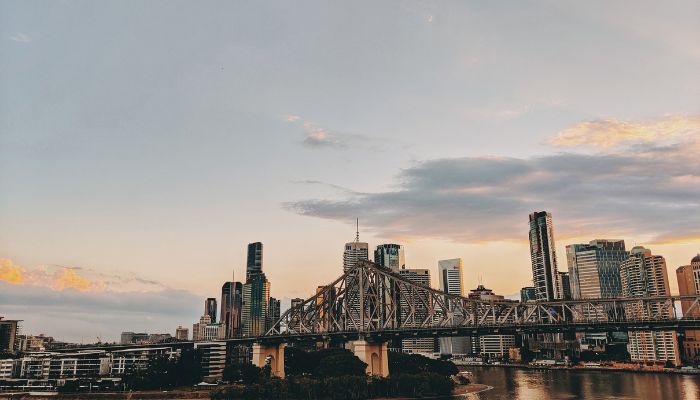
While Queensland vacancies plateaued over the third quarter of the year, the state did not show any substantial signs of easing.
According to data from the Real Estate Institute of Queensland (REIQ), there are three markets in the state where vacancy rates are closed to 0 — Goondiwindi, Southern Downs, and South Burnett reported vacancy levels of 0.1% over the September quarter.
Overall, Queensland ended the quarter with 0.6% vacancy rate.
While 19 of 50 local government areas observed in the state maintained the same vacancy rate as the previous quarter, there are some markets that posted a noticeable change in vacancy rates.
For instance, inner-city Brisbane reported a significant drop that led to a 0.8% vacancy rate — this is the first time that the market has dropped below 1% over the past decade.
This could indicate a return of workers to the CBD and the renewed demand for inner-city living post COVID-19.
REIQ CEO Antonia Mercorella said it remains unlikely for vacancy rates to see any significant shifts in the foreseeable future due to complex supply and demand constraints.
“These statistics aren’t just numbers, they tell a story about how challenging it is for people struggling to find a home,” she said.
“While I wish I could tell these people that we can see light at the end of the tunnel for them, the sad reality is that renters could be enduring this tight market for some time.”
Here are other interesting data for the quarter:
- Weakest Vacancy Rate: 4.2% (Redland’s Bay Islands)
- Biggest fall: 0.2% (Brisbane inner-city suburbs, Caloundra, South Burnett, and Whitsunday)
- Biggest increase in vacancy rates: +1.0% (Redland’s Bay Islands), followed by +0.2% (Pine Rivers, Redland, Mount Isa)
Ms Mercorella said Queensland has 55,000 fewer rental dwellings than expected based on historical trends and forward projections.
It is interesting however, that while some of the sizeable rental market shortfall was accounted for, the remaining “missing” properties could not be explained.
Amid the challenges, Ms Mercorella said some investors are choosing to exit the market — this reflects the urgent need to retain and attract investors to the long-term rental market.
“We have been warning for some time now that regulatory intervention, including more onerous lending changes and tougher tenancy laws, has an impact on investment.,” Ms Mercorella said.
“Increasingly, we are also seeing investors charged at higher rates for property related fees and expenses, including stamp duty costs, higher local government fees, and mortgage repayments.”
Here’s a breakdown of some of the tightest rental markets in Queensland:
- Brisbane LGA (0.8%)
- Middle-ring Brisbane (0.7%)
- Outer-ring Brisbane (0.6%)
- Ipswich (0.6%)
- Sunshine Coast Statistical Division (0.8%)
- Sunshine Coast (0.6%)
- Fraser Coast (0.5%)
- Hervey Bay (0.6%)
- Maryborough (0.2%)
- Cairns (0.5%)
- Gladstone (1.0%)
- Rockhampton (0.4%)
- Townsville (0.5%)
- Banana (0.5%)
- Cassowary Coast (0.8%)
- Goondiwindi (0.1%)
- Livingstone (0.4%)
- Southern Downs (0.1%)
- Tablelands (0.2%)
- Bundaberg (0.5%)
- Mackay (0.6%)
- Toowoomba (0.4%)
- Charter Towers (0.5%)
- Gympie (0.4%)
- Isaac (1.1%)
- Scenic Rim (0.6%)
- Burdekin (0.4%)
- Central Highlands (0.5%)
- Cook (0.3%)
- Lockyer Valley (0.4%)
- Maranoa (0.5%)
—
Photo by Valeriia Miller from Pexels.